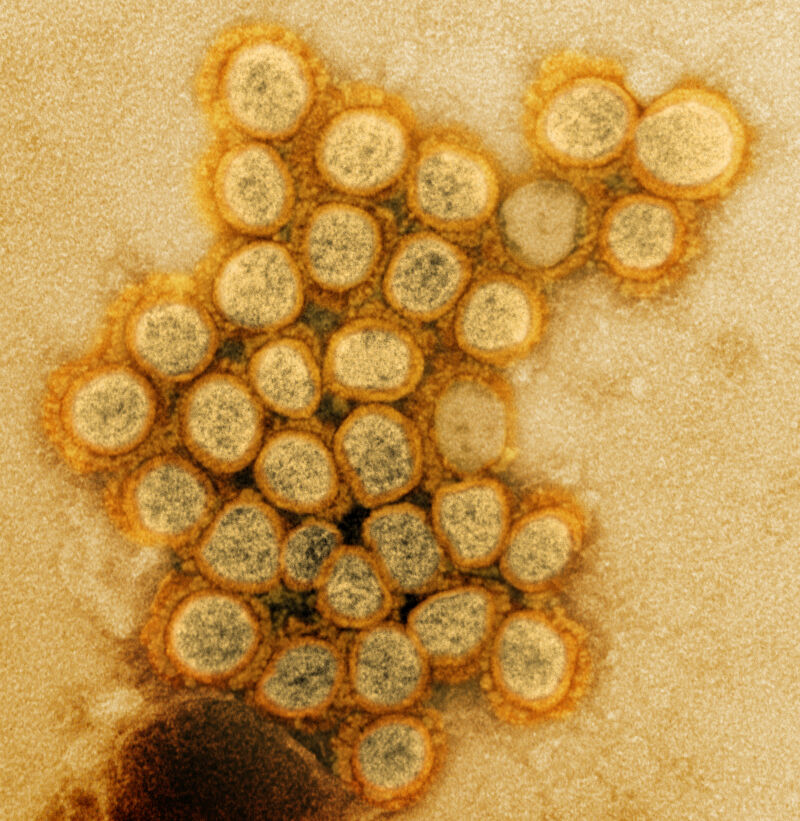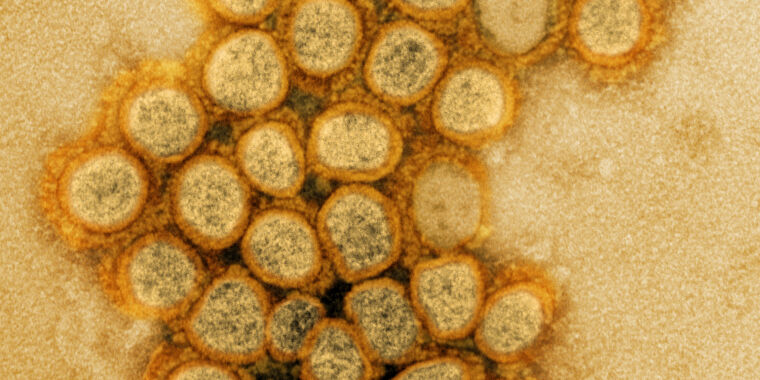
New ommicron coronavirus sublines finally threaten BA.5’s dominance as many experts fear the US is on the cusp of a winter wave.
BA.5 has been reigning in the US and worldwide for months. The hypertransmissible omicron sub-variant arose early in the summer to displace earlier sub-variants BA.2 and BA.2.12.1, which had themselves supplanted the original omicron strain BA.1, which swept the world at the start of the year .
But in the midst of BA.5’s months-long rule, hundreds of other sublines have been stewing in the background and getting new mutations. Of the legions of new viruses, the most worrying strains from BA.5 and BA.2. Many seemed to converge independently on similar sets of mutations that allow the virus to better evade the enhancing immune responses generated as more people receive infections, vaccinations and boosters.
In a surveillance update posted online Friday, the Centers for Disease Control and Prevention reported that two BA.5 sublines have risen through the ranks to receive independent monitoring: BQ.1 and BQ.1.1. They are now each responsible for 5.7 percent of U.S. infections, together accounting for 11.4 percent of cases. This is double what the two together accounted for in the previous week (3.3 percent and 2.4 percent, respectively). Meanwhile, BA.5 is on the decline, falling from 75 percent last week to 68 percent in the current week.
BQ.1 and BQ.1.1 raise concerns about their ability to evade immune responses. Both sublines contain several mutations in their SARS-CoV-2 spike protein, including K444T, L452R, N460K and F486V. BQ.1.1 contains an additional mutation, R346T. Preliminary data suggest that some of these mutations may help the virus evade antibodies to SARS-CoV-2.
A preliminary pre-print study suggests that BQ.1 and BQ.1.1 may significantly reduce the potency of neutralizing antibodies derived from the CoronaVac vaccine (not used in the US) and breakthrough ommicron infections. However, it’s unclear how mRNA vaccines and this fall’s new bivalent boosters — targeting BA.5 — will hold up against rising sublines. Experts are confident that the vaccines will continue to provide strong protection against serious illness and death – and are therefore urging everyone to get a boost when they can. But it’s unclear whether BQ.1 and BQ.1.1 will significantly increase the risk of mild breakthrough infections, as seen during the skyrocketing BA.1 surge in January.
With a clear growth advantage over BA.5, health officials note the possibility that BQ.1 and BQ.1.1 could trigger a fall wave of infection as people move in and gather for the upcoming holiday season. Cases in Europe are already rising, still largely driven by BA.5. For now, the US continues to see a general lull in business. But the situation could change quickly if the weather cools down and the fall booster campaign remains sluggish. To date, only 14.8 million Americans (about 4.5 percent of the population) have received the new bivalent booster, which is now eligible for anyone ages 5 and older. The White House is urging everyone to get a booster before Halloween.

